St Columb Major
Cornwall Information & Accommodation Guide
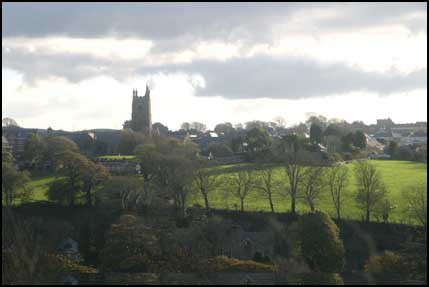
St Columb Major, in Cornish Synt Kolomm Veur, is town and parish so named to distinguish it from it's neighbour St Columb Minor
Named after the Patron Saint of its church, St Columba, who is celebrated annually on November 13th, St Columb Major is an historic town and parish. The current church building dates from the 14th century with a 15th century tower of four stages. The large church houses an excellent collection of 16th and 17th century brasses dedicated in honour of the Arundell family of Lanherne. The Arundells owned the church in the 13th century. In the 15th century, the interior of the church would have been divided into sections: the high altar of St Columb belonging to the Rector; the Holy Trinity Chantry in the north chancel being for the general parishioners; the south chancel was the Arundell Chantry and in the south transept the Jesus Chantry belonging to the Penpons of Tregoose.
The place name, Sancta Columba, is first recorded in the 13th century. The Saint was female, although there is also a male St Columb, and possibly came from Ireland or France. St Columba is believed, in a local legend, to have been martyred at nearby Ruthvoes within the parish, beheaded by her pursuers who chased her from her landing place at St Columb Porth (known usually as Porth, one of Newquay's beaches) through Rialton and Treloy.
Holy Wells were established at these places. The well at Ruthvoes, dedicated to St Columba, is said to have sprung forth at the point where the Saint was beheaded. A chapel was associated with the well but there are no remains known. The water still runs from the field and onto the road.
A plaque on the outside of the inn commemorates James Polkinghorne, a famous Cornish wrestler from the 19th century, who spent much of his life in St Columb Major as the landlord of the inn which bears this plaque. He was born in St Keverne on the Lizard peninsula in 1788 and died at St Columb Major on 15th September 1854, aged 76. The plaque relates to his most famous contest which took place at Plymouth in 1826 against Abraham Cann, the Devon champion.
Famous people born in St Columb Major
St Columb Major is also the birthplace of Henry Jenner (1838-1934) responsible for the revival of the Cornish language.
Ralph Allen (1693 – 1764), famous philanthropist and entrepreneur was born in St Columb Major and moved to Somerset (Bath) in the early 18th century as a young man. He made a vast fortune and did a lot of good work. Famous for reforming the postal system.
Information on Walter Tripcony provided by Audrey Sprague
Walter Tripcony, one of the few members of the "gentry" (see Vivian's Visitations of Cornwall) to be involved in the Cornish uprisings of 1497 came from St Columb Major. He apparently was involved in the invitation to the impostor Perkin Warbeck to land in Cornwall, and was on the beach near Land's End to meet him. For this Walter was later attainted.
Sources: A L Rowse's "Tudor Cornwall" Ian Arthurson's "The Perkin Warbeck Conspiracy"
Walter's son James eventually regained the family property and his son married an heiress to Kenegy Manor. The main Tripcony family was thereafter based at St Keverne, where the name is still to be found.
Look out for the annual hurling the silver ball competition on Shrove Tuesday in February. The event, traditionally played in many towns has survived in only a few places, including St Columb Major. Two teams, the townsmen and the countrymen compete against each other in a very spirited and boisterous game to carry a silver painted ball through the parish to score through two goals which are situated at a distance of two miles apart. After the game on Shrove Tuesday another game takes place on the Saturday, eleven days later. Such is the nature of the game that homes and businesses in the town board their shopfronts and windows to avoid damage from the silver ball. See This Month in Cornwall on the home page.
Pictured left is the 2006 winner Scott Bennett and the silver ball.
Within two miles of St Columb Major is an archaeological site of great interest. In the Iron Age, some 2000 years ago, a huge hill fort was constructed by the Dumnonians at what is now known as Castle Downs. Castle-an-Dinas was initially a single walled hill fort but expansive construction continued to create the multivallate structure whose remains we can see today. It exceeds 260m (over 850ft) in diameter and its tallest rampart is over 7m (nearly 23ft). Remains of a Bronze Age barrow already in existence on this hilltop location, were enclosed within the hill fort's six acre area (Over 0.02 square kilometers).
General Information
The town has excellent facilities for business and accommodation.
All ATMs throughout Cornwall.
If the information on this website has been useful to you please consider a donation.
This easy to use travel planner makes it simple. Just add the location in Cornwall from where you are travelling and the destination you wish to travel to and it will provide full details of times, buses, trains and ferries to get you to your destination.
Location:
IntoCornwall Area Map Newquay - Padstow Area
Road directions to St Columb Major
Books online:
Click here to buy books online about St Columb Major
Find all the Dog Friendly beaches in Cornwall
More archaeological sites in Cornwall
Places of interest in or around St Columb MajorTowns, villages and other locations |
Cornish phrases and place names |
Topical phrases of the month October: 'Festival Phrases'
Place Name of the Month October: Karrekreun – Cargreen
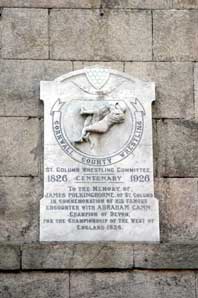
|
St Columb Major Map |
|
St Columb Major Events |
|
St Columb Major Community Information |
|
St Columb Major Books |
|
St Columb Major Photos |
|
St Columb Major Videos |
|
St Columb Major History |
St Columb Major
Accommodation
in or around St Columb Major
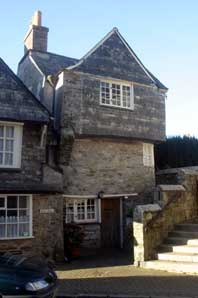

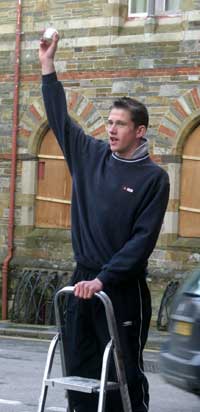
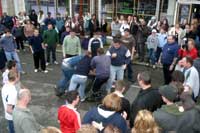
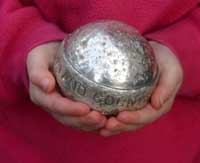

|
|







